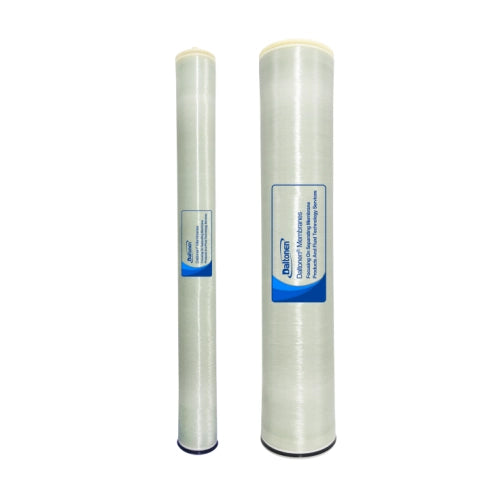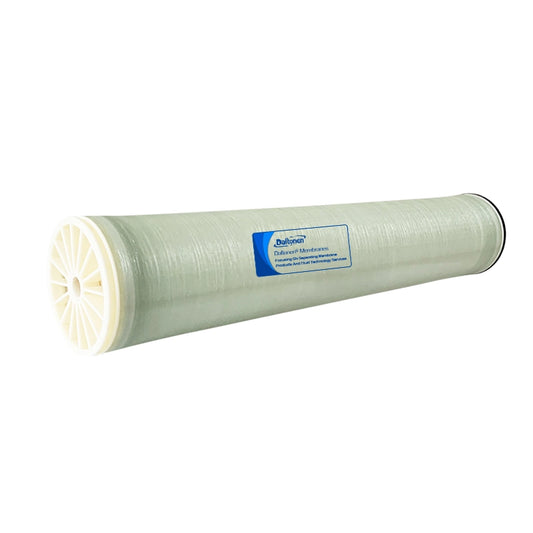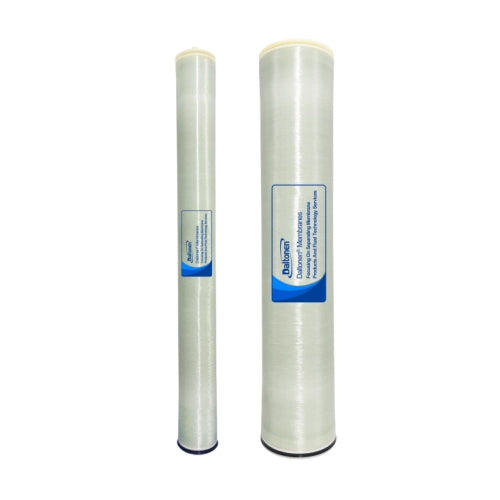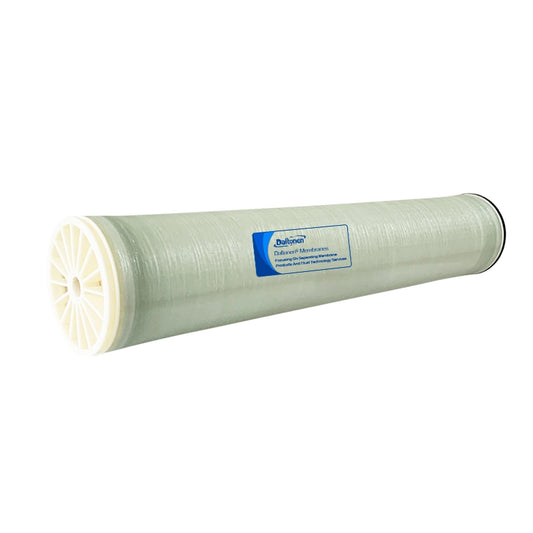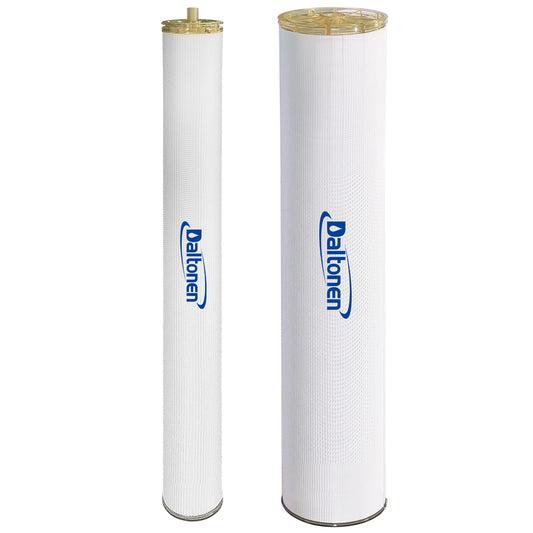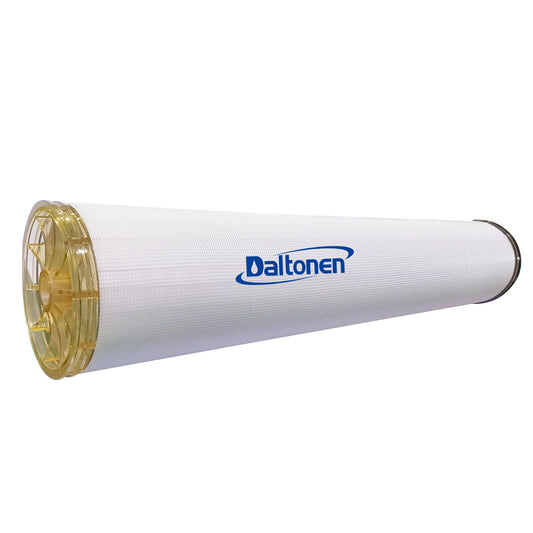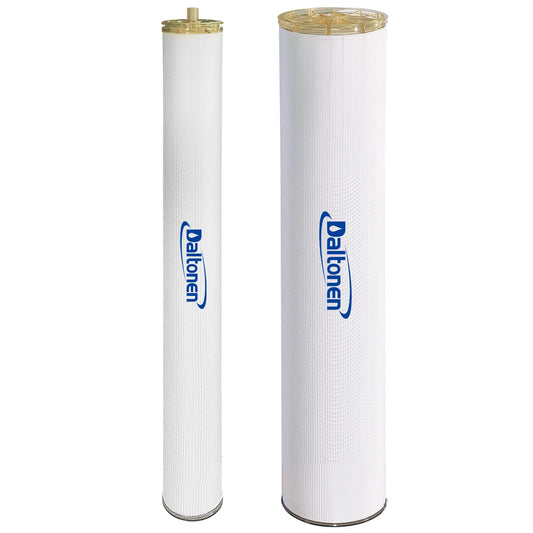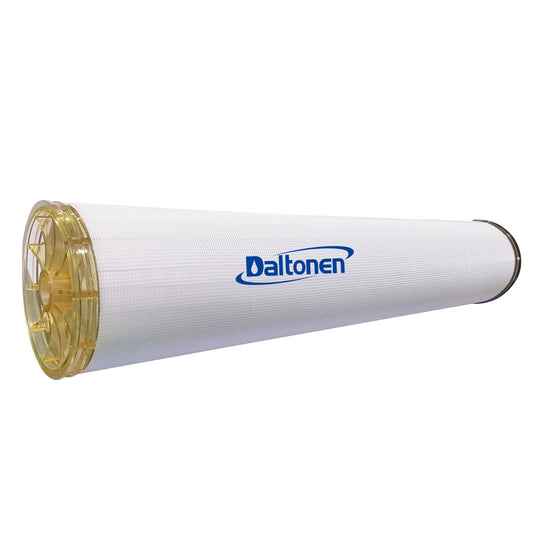Analysis Report on DTRO Reverse Osmosis Membrane Treatment of High-Pollution Water in Different Industries
02 Apr 2025
Analysis Report on DTRO Reverse Osmosis Membrane Treatment of High-Pollution Water in Different Industries
I. Introduction
With the rapid advancement of industrialization and urbanization, the treatment of high-pollution wastewater has become a significant global environmental challenge. DTRO (Disc Tube Reverse Osmosis) membrane technology, with its efficient separation performance and strong anti-pollution capability, has demonstrated unique advantages in treating high-concentration and challenging wastewater, and is widely applied across various industries. This report aims to analyze the application effects, technical advantages, and challenges faced by DTRO reverse osmosis membrane technology in treating high-pollution water in different industries.

II. Overview of DTRO Reverse Osmosis Membrane Technology
(1) Technical Principle
DTRO reverse osmosis membrane technology is based on the principle of reverse osmosis. It uses high pressure to force water molecules through the membrane, while retaining dissolved salts, organic matter, microorganisms, and other pollutants on the other side of the membrane, thereby achieving water purification. The membrane module adopts a disc-tube structure, which creates turbulent flow in the water, effectively reducing membrane fouling and blockage. This makes it particularly suitable for treating complex wastewater with high turbidity, high pollution, and high salinity.
(2) Technical Advantages
-
High Recovery Rate: The recovery rate of DTRO membranes can reach over 80%, significantly higher than the approximately 50% of traditional spiral-wound reverse osmosis membranes. This reduces the volume of concentrate water and lowers subsequent treatment costs.
-
Stable Effluent Quality: The membrane column design creates turbulent flow, reducing membrane fouling, extending cleaning cycles, and lowering maintenance costs.
-
Strong Anti-Pollution Capability: The turbulent state effectively flushes pollutants from the membrane surface, and operational parameters can be adjusted according to water quality to further enhance anti-pollution performance.
-
Small Footprint: The compact equipment structure is suitable for areas with limited land resources.
-
Low Operating Costs: Efficient separation performance and low energy consumption reduce overall operating costs.
III. Analysis of High-Pollution Water Treatment in Different Industries
(1) Leachate Treatment
Municipal landfill leachate is highly complex, containing high concentrations of organic matter, ammonia nitrogen, heavy metals, and other pollutants, making it difficult to treat with traditional methods. DTRO reverse osmosis membrane technology has shown excellent performance in leachate treatment:
-
Treatment Effect: Effectively removes organic matter, ammonia nitrogen, heavy metals, and other pollutants, ensuring stable effluent quality that meets discharge standards or allows direct reuse.
-
Case Study: A large landfill adopted a DTRO reverse osmosis membrane system to treat leachate with a capacity of 500 m³/d. The system operated stably, with effluent COD below 100 mg/L and ammonia nitrogen below 15 mg/L, meeting national discharge standards.
(2) Pharmaceutical Wastewater Treatment
Pharmaceutical wastewater is highly complex, with high concentrations of organic matter, deep color, and other characteristics, posing significant environmental challenges. DTRO reverse osmosis membrane technology is widely used in the treatment of pharmaceutical wastewater:
-
Treatment Effect: Effectively removes organic matter, antibiotic residues, dyes, and other pollutants, producing clear effluent suitable for reuse in production processes or discharge.
-
Case Study: A pharmaceutical company adopted a DTRO reverse osmosis membrane system to treat production wastewater with a capacity of 300 m³/d. The system operated stably, reducing effluent COD to below 50 mg/L and achieving a dye removal rate of over 95%, significantly reducing wastewater treatment costs.
(3) Electroplating Wastewater Treatment
Electroplating wastewater contains high concentrations of heavy metal ions, organic additives, and other pollutants, posing significant risks to the environment and human health. DTRO reverse osmosis membrane technology is applied in electroplating wastewater treatment:
-
Treatment Effect: Effectively removes heavy metal ions, organic matter, and other pollutants, ensuring stable effluent quality with heavy metal concentrations well below national discharge standards.
-
Case Study: An electroplating industrial park adopted a DTRO reverse osmosis membrane system to treat electroplating wastewater with a capacity of 800 m³/d. The system operated stably, with heavy metal concentrations in the effluent below 0.1 mg/L, meeting national discharge standards.
(4) Textile Dyeing Wastewater Treatment
Textile dyeing wastewater is characterized by high volume, deep color, and high organic content, making it a typical type of difficult-to-degrade industrial wastewater. DTRO reverse osmosis membrane technology is applied in the treatment of textile dyeing wastewater:
-
Treatment Effect: Effectively removes organic matter, dyes, and other pollutants, producing clear effluent with a color removal rate of over 90%, suitable for reuse in dyeing processes or discharge.
-
Case Study: A textile dyeing company adopted a DTRO reverse osmosis membrane system to treat production wastewater with a capacity of 600 m³/d. The system operated stably, reducing effluent COD to below 80 mg/L and achieving a color removal rate of over 90%, significantly reducing water usage costs.

IV. Challenges and Countermeasures
(1) Membrane Fouling Issues
Despite its strong anti-pollution capability, DTRO reverse osmosis membranes may still face fouling issues when treating high-pollution wastewater, leading to reduced membrane flux and increased operating costs.
-
Countermeasures: Regular physical and chemical cleaning, optimization of operational parameters (e.g., flow rate, pressure), and the use of pre-treatment technologies (e.g., coagulation sedimentation, filtration) to reduce pollutant concentrations in the feed water.
(2) Concentrate Water Treatment Issues
DTRO reverse osmosis membrane treatment generates a certain amount of concentrate water with high pollutant concentrations, posing another challenge in its proper disposal.
-
Countermeasures: Advanced treatment technologies such as evaporation crystallization or advanced oxidation can be used to reduce and resourcefully utilize the concentrate water.
(3) Investment and Operating Cost Issues
The investment and operating costs of DTRO reverse osmosis membrane systems are relatively high, especially for large-scale wastewater treatment applications.
-
Countermeasures: Optimize system design to improve recovery rates and reduce concentrate water treatment costs; enhance equipment maintenance and management to extend membrane lifespan and lower replacement costs.
V. Conclusion
DTRO reverse osmosis membrane technology demonstrates significant advantages in treating high-pollution water across different industries, effectively removing pollutants and ensuring stable effluent quality. Despite challenges such as membrane fouling, concentrate water treatment, and high investment and operating costs, these issues can be effectively addressed through measures such as optimizing system design, enhancing equipment maintenance, and adopting pre-treatment and post-treatment technologies. This will further improve the application effectiveness and cost-effectiveness of DTRO reverse osmosis membrane technology in high-pollution water treatment.
Tags:
